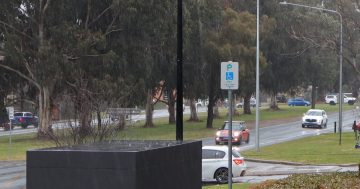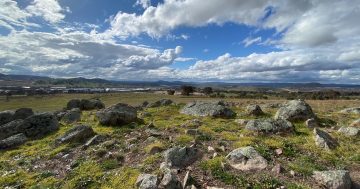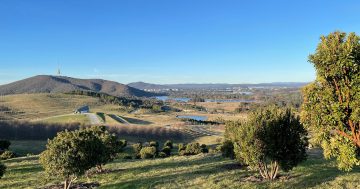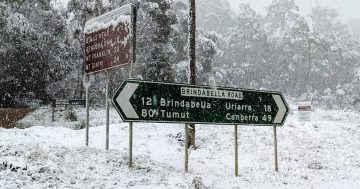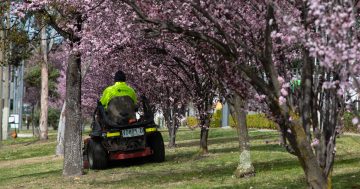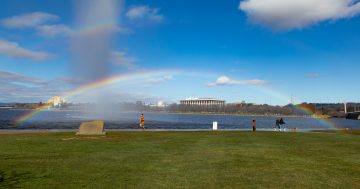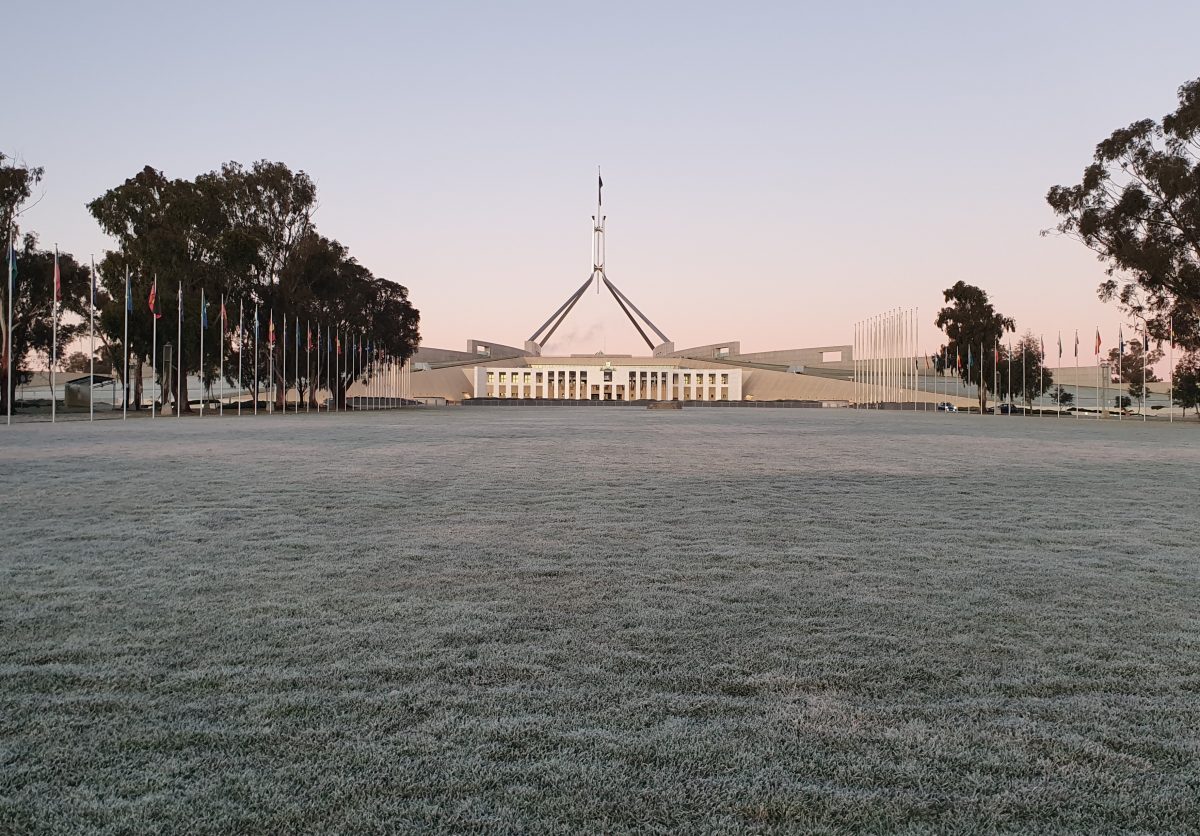
A frosty Parliament House this morning. Photo: Region.
The capital recorded its coldest start to the day since 2018 – the Canberra Airport weather station got down as low as -7.2 degrees Celsius at 7:12 am this morning (21 June).
And it likely felt even colder today – the ‘feels like’ temperature hit a bone-chilling -10.2 degree level due to clear skies, light winds and dry air.
The last time the city recorded June temperatures that low was 29 June 1986.
While it’s not quite a record breaker – the coldest June temperature recorded at the old airport station was -8.5 degrees Celsius – it’s definitely in the lowest 10 per cent of temperatures ever recorded in Canberra, the Bureau of Meteorology’s Helen Reid told Region.
“You’re in the honourable mention category,” she said.
It was a cold start elsewhere in the area.
Cooma Airport registered-9.8 degrees Celsius and Braidwood was -7.3 degrees.
Perisher Valley also recorded the coldest June temperature in Australia, hitting a freezing -10.1 degrees at 3 am this morning.
Those who aren’t fans of the cold will be pleased to know it won’t be quite so low for the rest of the week. We’re expecting a low of zero degrees on Thursday and 3 degrees on Friday, according to the BOM. There’s a high chance of rain, though.
The bureau forecasts that the weekend will likely be dry and partly cloudy, with a low of 2 degrees on both days.
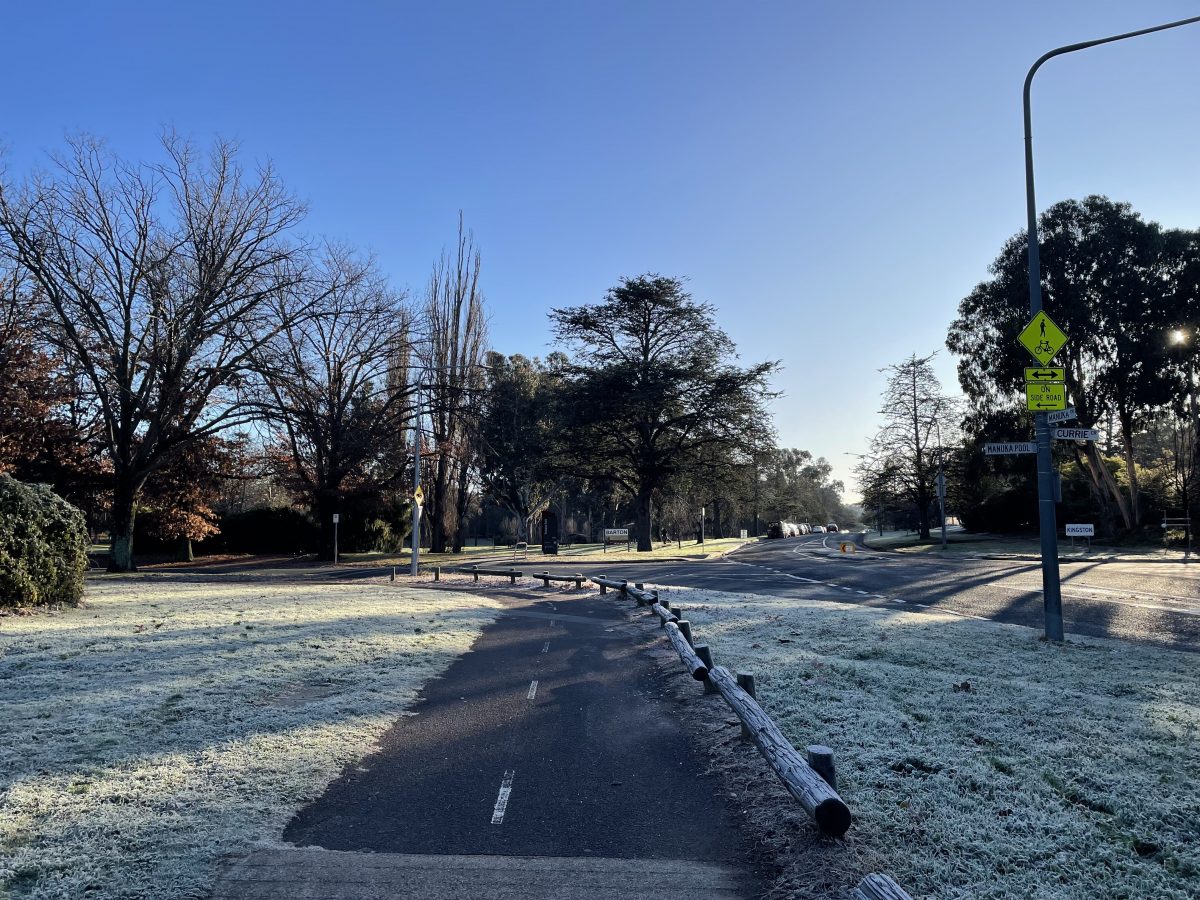
The clear skies and dry air have made the past couple of mornings feel even colder than they are. Photo: Region.
Though it’s not out of the ordinary, this morning’s temperatures in the capital are definitely lower than the average winter day. Last year, the coldest temperature recorded at Canberra Airport was a mere -6.5 degrees on 30 July.
It’s been a cold start across the country today. Some areas recorded their coldest start to the day in five years.
“A large area of Australia’s southeast inland just shivered through the coldest morning in five years, with one location registering Australia’s lowest June temperature since 2019,” Weatherzone’s Ben Domesino wrote this morning.
“Wednesday morning was an icy affair across southeastern Australia as a slow-moving high-pressure system caused clear skies and light winds to combine with a lingering cold and dry air mass. This wintry weather pattern resulted in widespread frost from Tasmania up to Queensland.”
Though we’re approaching the winter solstice (22 June) and the days will soon be getting longer, these dark and cold mornings remind us there’s still a way to go.
However, the overall outlook for the winter season is for fairly mild conditions. The BOM’s long-range forecast for July to September predicts above median temperatures are likely to very likely (60 per cent to greater than 80 per cent chance) for most of Australia.
It’s also likely to be dry, with BOM expecting below-median rainfall for much of the eastern two-thirds of the country.
“This forecast is influenced by a number of factors, including warming in the tropical Pacific Ocean beyond El Niño thresholds, the potential development of a positive Indian Ocean Dipole, and record warm oceans globally,” the BOM said.












